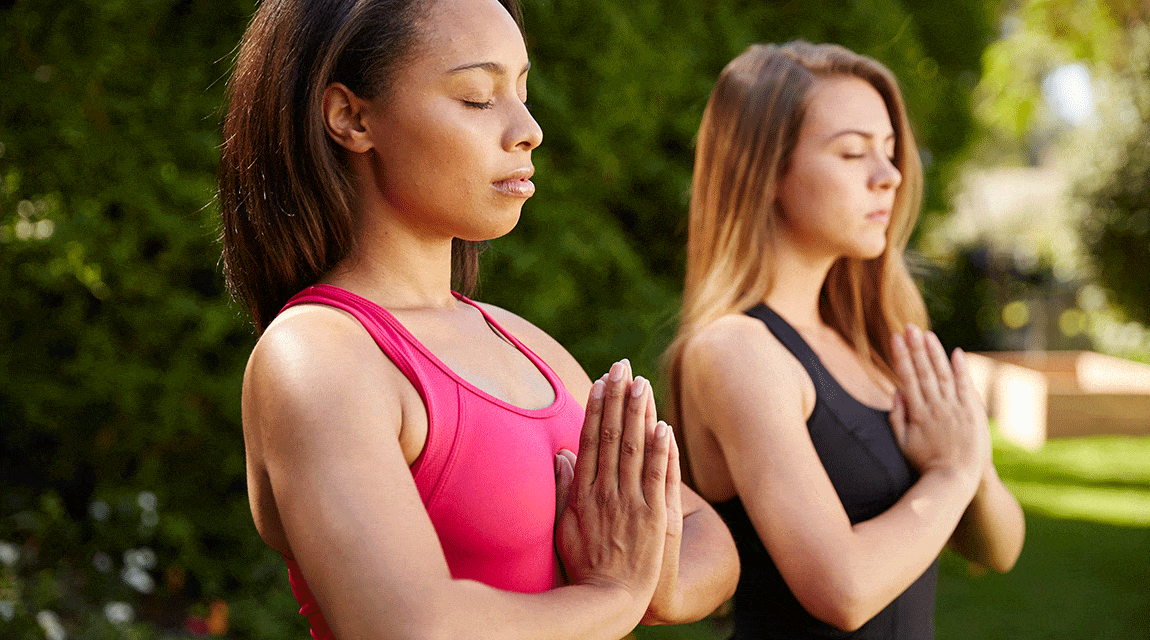Mindfulness is the practice of paying attention to the present moment with a non-judgmental attitude. It encourages individuals to focus on their current sensations, thoughts, and emotions. This creates an opportunity to develop a greater sense of awareness and calm. This practice can be particularly valuable for managing anxiety. It helps individuals step out of the cycle of worry and overthinking. By grounding themselves in the present, people can interrupt patterns of anxious thought. This allows them to cultivate a sense of stability and balance.
Focus on Your Breath
One of the most fundamental mindfulness techniques for reducing anxiety is mindful breathing. This practice involves directing your full attention to the physical sensation of your breath entering and leaving your body. Find a comfortable position, either sitting or lying down, and gently close your eyes. Notice the rise and fall of your chest or abdomen with each inhalation and exhalation, observing the natural rhythm without trying to change it. When your mind wanders, as it naturally will, gently guide your focus back to your breath.
Stay Present in Moments
Grounding is a technique used to anchor yourself in the present moment. It can be particularly helpful when feelings of anxiety arise. This can be done by engaging your five senses to connect with your immediate surroundings. You might notice five things you can see. Then, you might notice four things you can feel and three things you can hear. After that, you might identify two things you can smell and one thing you can taste. This structured approach helps shift focus away from internal anxious thoughts. It redirects attention onto the external environment, providing a sense of stability.
Release Tension Through Movement
Physical activity can be a powerful form of mindfulness, helping to release stored physical tension that often accompanies anxiety. Activities like yoga, tai chi, or even a simple walk can be transformed into mindful exercises. The key is to pay close attention to the physical sensations of your body as it moves. Notice how your feet feel against the ground, the way your muscles stretch and contract, and the rhythm of your breathing. This focus on bodily sensations helps to quiet a busy mind and foster a connection between mind and body.
Calm Thoughts with Awareness
Mindfulness teaches the practice of observing thoughts without getting entangled in them. This technique, sometimes referred to as noting or labeling, involves acknowledging thoughts as they arise and gently labeling them as “thinking” before letting them pass. The goal is not to stop thinking or to judge the thoughts, but rather to recognize them as temporary mental events. This practice can create distance from anxious thought patterns, reducing their power and emotional impact over time.
Use Mindfulness to Ease Anxiety
Integrating these mindfulness techniques into your daily life can provide a structured way to manage symptoms associated with anxiety. By focusing on the breath, staying grounded in the present, moving with intention, and observing thoughts without judgment, you can cultivate a greater sense of calm and control. Consistency is key to developing these skills and experiencing their potential benefits. To learn more about mental health services and support options, find a qualified professional in your area.
- crypto30x com zeus Review: Is It the Best Platform for U.S. Crypto Traders in 2025?
- Super Scatter Juara100.org Medal: The Ultimate Guide to Winning Big in Online Gaming
- Ziuqyazhmizz: Ancient Slavic Practice Explained – Meaning, Benefits & Daily Life Guide
- Zaxtexporoz: A Simple Guide to Xcer Tools, Digital Trends, and Smart Solutions
- Casîo: A Symbol of Innovation, Durability, and Global Trust




